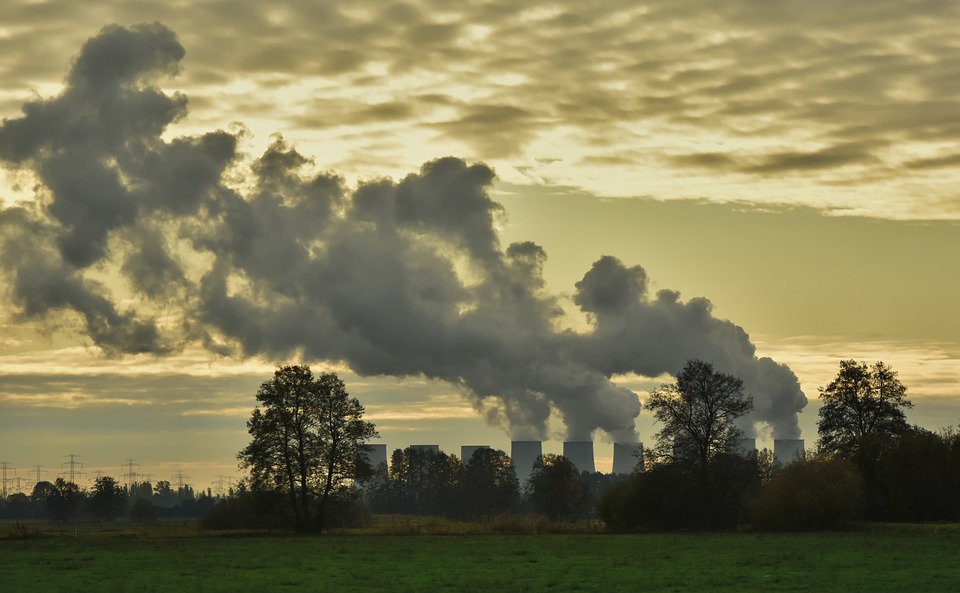Understanding Greenhouse Gases and Their Impact on Climate Change
Greenhouse gases (GHGs) play a crucial role in trapping heat in the Earth’s atmosphere, contributing significantly to global warming and climate change. Among these gases, carbon dioxide (CO₂) is the most well-known, but other gases have a much higher capacity to trap heat. The concept of Global Warming Potential (GWP) is essential for understanding these differences. GWP measures how much heat a gas can trap over a specified period, typically 100 years, relative to CO₂, which is assigned a GWP of 1.
Understanding Global Warming Potential (GWP)
What is Global Warming Potential?
– Definition of GWP: GWP quantifies the heat-trapping ability of a greenhouse gas compared to CO₂ over a specific timeframe. It reflects both the gas’s effectiveness at absorbing heat and its atmospheric lifetime.
– Importance of GWP: This metric allows scientists and policymakers to compare the impacts of various gases on global warming, thus prioritizing which emissions to reduce.
How GWP is Measured
– Carbon Dioxide as the Baseline: CO₂ serves as the reference point with a GWP of 1. Other gases are measured against this standard.
– Factors Affecting GWP: The GWP of a gas depends on its heat absorption capacity, atmospheric lifetime, and radiative efficiency. For instance, while methane (CH₄) has a higher immediate impact, it breaks down faster than CO₂.
Which Greenhouse Gas Has the Highest Global Warming Potential?
Fluorinated Gases (F-Gases)
Fluorinated gases, particularly sulfur hexafluoride (SF₆), hydrofluorocarbons (HFCs), and perfluorocarbons (PFCs), are synthetic gases known for their extremely high GWPs.
– Sulfur Hexafluoride (SF₆): SF₆ has the highest GWP of any commonly measured greenhouse gas, with values ranging from approximately 22,800 to 25,000 over 100 years. This remarkable potency stems from its long atmospheric lifetime of up to 3,200 years[1][2][3].
Characteristics of Sulfur Hexafluoride (SF₆)
– Uses and Sources: SF₆ is primarily utilized in the electrical industry for insulation and cooling in high-voltage equipment due to its stability and non-flammability.
– Environmental Impact: Despite being released in smaller quantities than CO₂, SF₆’s high GWP makes even minimal emissions significant contributors to global warming.
Other Potent Greenhouse Gases with High GWP
1. Hydrofluorocarbons (HFCs): Commonly used in refrigeration and air conditioning, HFCs have GWPs ranging from hundreds to thousands depending on the specific compound.
2. Methane (CH₄): With a GWP of about 25-30 over 100 years, methane is much more effective at trapping heat than CO₂. Major sources include livestock digestion, landfills, and agricultural practices.
3. Nitrous Oxide (N₂O): This gas has a GWP around 298 over 100 years and is primarily released from agricultural soil management and synthetic fertilizers.
Impacts of High-GWP Gases on Climate Change
Increased Heat Retention and Temperature Rise
High-GWP gases trap heat more effectively than CO₂, leading to accelerated warming and climate shifts. Even small quantities can significantly impact climate due to their efficiency in heat retention.
Long Atmospheric Lifetimes and Persistent Warming
Gases like SF₆ contribute to long-term warming effects due to their multi-century lifetimes. This persistence complicates climate mitigation efforts as their effects linger long after emissions occur.
Contribution to Extreme Weather and Ecosystem Damage
The increased concentration of high-GWP gases exacerbates extreme weather events such as heatwaves and storms while threatening biodiversity and climate-sensitive ecosystems.
Efforts to Reduce High-GWP Greenhouse Gases
International Agreements and Regulations
– Montreal Protocol and Kigali Amendment: These agreements aim to phase down HFCs with high GWPs as part of broader efforts to mitigate climate change.
– UN Climate Agreements: Initiatives like the Paris Agreement encourage countries to reduce emissions from all greenhouse gases, including those with high GWPs.
Industry Initiatives and Alternatives
Many industries are transitioning to low-GWP alternatives in refrigeration and insulation technologies to minimize their climate impact.
Public Awareness and Personal Choices
Consumers can support low-GWP products by choosing appliances that utilize eco-friendly refrigerants, thereby reducing demand for high-GWP gases.
Frequently Asked Questions (FAQs)
1. What greenhouse gas has the highest GWP?
– Sulfur hexafluoride (SF₆) has the highest GWP at around 23,500 over 100 years.
2. Why is GWP important?
– It helps scientists understand the relative impacts of different gases on global warming, guiding emission reduction strategies.
3. Are high-GWP gases commonly used?
– Yes, they are used in specific industries like electrical insulation and refrigeration, although alternatives are increasingly available.
4. Can reducing high-GWP gases help mitigate climate change?
– Yes, reducing these emissions can significantly slow global warming when combined with CO₂ reductions.
5. What are some alternatives to high-GWP gases?
– Alternatives include natural refrigerants such as CO₂ or ammonia and innovative insulation materials with lower environmental impacts.
Conclusion
Sulfur hexafluoride stands out as the greenhouse gas with the highest global warming potential. Addressing emissions from high-GWP gases is critical in combating climate change. Global efforts through international agreements and industry innovations are essential for reducing these potent pollutants. Public awareness also plays a vital role in fostering sustainable practices that contribute to a healthier planet.

Kyle Whyte is a notable scholar and professor at the University of Michigan, holding positions such as the George Willis Pack Professor in the School for Environment and Sustainability and Professor of Philosophy. Specializing in environmental justice, his work critically examines climate policy and Indigenous peoples’ ethics, emphasizing the nexus between cooperative scientific endeavors and Indigenous justice. As an enrolled Citizen Potawatomi Nation member, he brings a vital perspective to his roles as a U.S. Science Envoy and member of the White House Environmental Justice Advisory Council. His influential research is supported by various prestigious organizations including the National Science Foundation, and disseminated through publications in high-impact journals. Kyle actively contributes to global Indigenous research methodologies and education, with affiliations to numerous institutes and societies dedicated to traditional knowledge and sustainability. Recognized for his academic and community engagement, Kyle has earned multiple awards and served in various visiting professorships. His efforts extend to leadership positions on boards and committees focused on environmental justice nationwide.
